


 People & History
People & History
“On Anzac Day, we remember those that paid the ultimate sacrifice. To ensure that their memory — and all those we memorialise within our Diocese — is not forgotten or lost, we should ensure that the record of that memory (not just the physical object) is created, captured and preserved,” says Diocesan Archivist Michael Rogers
 People & History
People & History
“Since I last wrote for anglican focus in July 2022 about the Records and Archives Centre’s Digitisation Plan, several rich information sources have been scanned, unearthing a trove of information. The Archives has also received new records that are some of the oldest in Queensland,” says ACSQ archivist Michael Rogers
For Diocesan Archivist Michael Rogers, a recent enquiry sent to the Records and Archives Centre has highlighted a forgotten part of early Diocesan history and spotlighted the links between a current parishioner’s family and the group that accompanied Bishop Edward Wyndham Tufnell to Brisbane in 1860
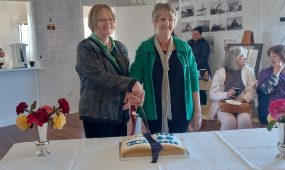
Sixtieth birthday celebrations for St Alban’s, Cunnamulla drew community members from across the state and beyond for an important milestone in the life of the church, with a weekend of festivities and reminiscences
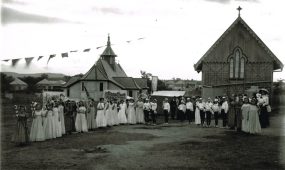
“A recent case where history was thought to have been lost, but has been rediscovered, is the early church registers for St James’, Toowoomba. Up to a few months ago, it was thought that this church’s early registers were destroyed in a flood caused by burst water pipes under the original rectory where records were then stored. However, it turns out that the registers were not lost,” says Diocesan Archivist Michael Rogers
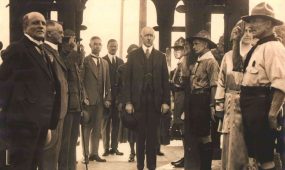
Since early 2021, with the advice and guidance of the Records and Archives Committee, I have been implementing a plan to digitise key Records and Archives Centre series. This plan goes beyond the old and interesting records in the collection – although these are being prioritised as well – and includes records that are business-critical to the continued operation of the Church,” says Diocesan Archivist Michael Rogers
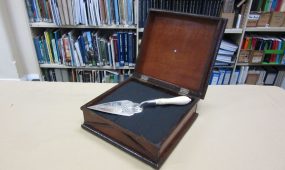
“The staff at St Martin’s House reception received a pleasant surprise in late March when a small, but special, piece of our history was returned to our Diocese. A silver ceremonial trowel, housed in a simple wooden box, is linked to an important part of Maryborough’s history,” says Diocesan Archivist Michael Rogers
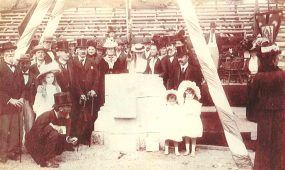
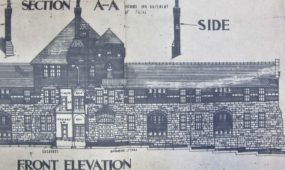



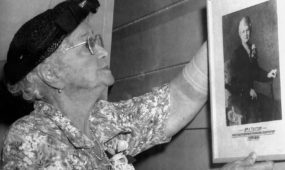

Get some soul in your inbox
Thank you for subscribing